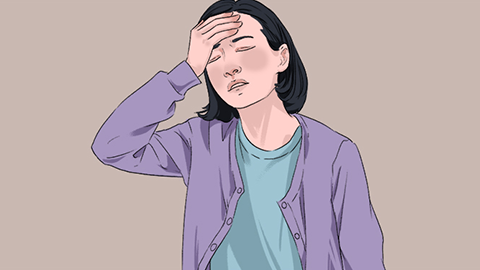What are the symptoms of H1N1 flu?
"Type A flu" usually refers to influenza A. Generally speaking, influenza A is an acute respiratory infectious disease caused by the influenza A virus. Common symptoms mainly include fever, respiratory discomfort, muscle and joint pain, gastrointestinal reactions, headache, fatigue, etc. A detailed analysis is as follows:

1. Fever: At the onset of influenza A, fever is common, with body temperature often rapidly rising above 38.5°C; in some patients it may reach 39–40°C, accompanied by chills and feeling cold. The fever typically lasts 3–5 days. Body temperature may temporarily decrease after taking antipyretic medications but tends to rebound.
2. Respiratory discomfort: Infected individuals often experience significant respiratory symptoms such as sore throat, dry throat, and cough. The cough is initially mostly dry and may later produce small amounts of white sputum. Some people also have nasal congestion and runny nose, with clear watery discharge at first that may become thicker over time.
3. Muscle and joint pain: Patients often feel generalized muscle aches, primarily affecting the lower back and limbs, with obvious tenderness upon pressure. Joint pain may also occur, worsening with movement. This pain can impair limb mobility, making simple daily activities such as walking or lifting arms painful.
4. Gastrointestinal reactions: Some patients with influenza A develop gastrointestinal symptoms such as nausea and vomiting, with vomitus typically consisting of stomach contents. Abdominal pain and diarrhea may also occur, with varying frequency; stools are usually watery.
5. Headache and fatigue: Infected individuals often experience noticeable headaches, typically located in the forehead or on both temples, with severity varying from mild to severe. In severe cases, headaches may be accompanied by dizziness and blurred vision. Marked whole-body fatigue is also common and difficult to relieve even after rest.
After developing symptoms of influenza A, individuals should get plenty of rest, drink sufficient fluids, maintain indoor ventilation, and avoid crowded places to prevent viral transmission. If symptoms continue to worsen, timely targeted treatment should be sought to facilitate recovery.







